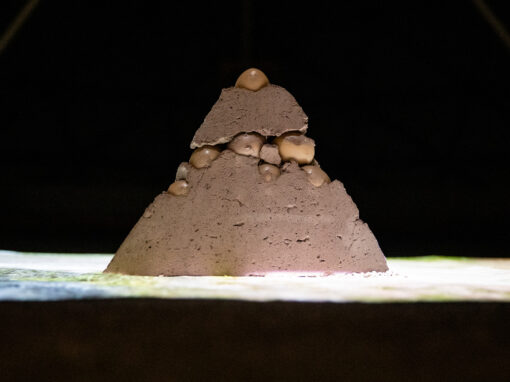JUCA-AO-VIVO JUCA-LIVE
2019, Live cinema performance, 50min
Maurício Chades and Ramiro Galas
Será que Juca tá vindo? Em JUCA-AO-VIVO, continuamos a buscar por JUCA, revirando os HD’s com arquivos do filme, editando na presença do público. Ao longo de 60min de performance, Maurício Chades e Ramiro Galas especulam tudo que JUCA ainda pode ser, processando imagens, sons e música em tempo real, em oposição ao filme renderizado para o formato ‘cinema’.
JUCA-AO-VIVO teve duas sessões durante a exposição Piramide, Urubu em 2019. A primeira foi a céu aberto, no alto da Pedra dos Amigos no Córrego do Urubu, um dos cenários do filme. A segunda sessão foi nas cúpulas de vidro da Torre de TV Digital de Brasília. Na performance, Maurício e Ramiro editam ao vivo os arquivos do filme, recombinando e mixando o material em diferentes versões.
Is Juca coming? In JUCA-LIVE, we continue to search for JUCA, rummaging through the HDs with film files, editing in the presence of the audience. During the 60-minute performance, Maurício Chades and Ramiro Galas wonder about everything that JUCA can still be, processing images, sounds and music in real time, as opposed to the film rendered for the ‘cinema’ format.
JUCA-LIVE had two sessions during the Pyramid, Urubu exhibition in 2019. The first was an open-air presentation, at the top of Pedra dos Amigos in Córrego do Urubu, one of the film scenarios. The second session was at the glass domes of the Brasilia Digital TV Tower. In the performance, Maurício and Ramiro edit the film files live, recombining and mixing the material in different versions.
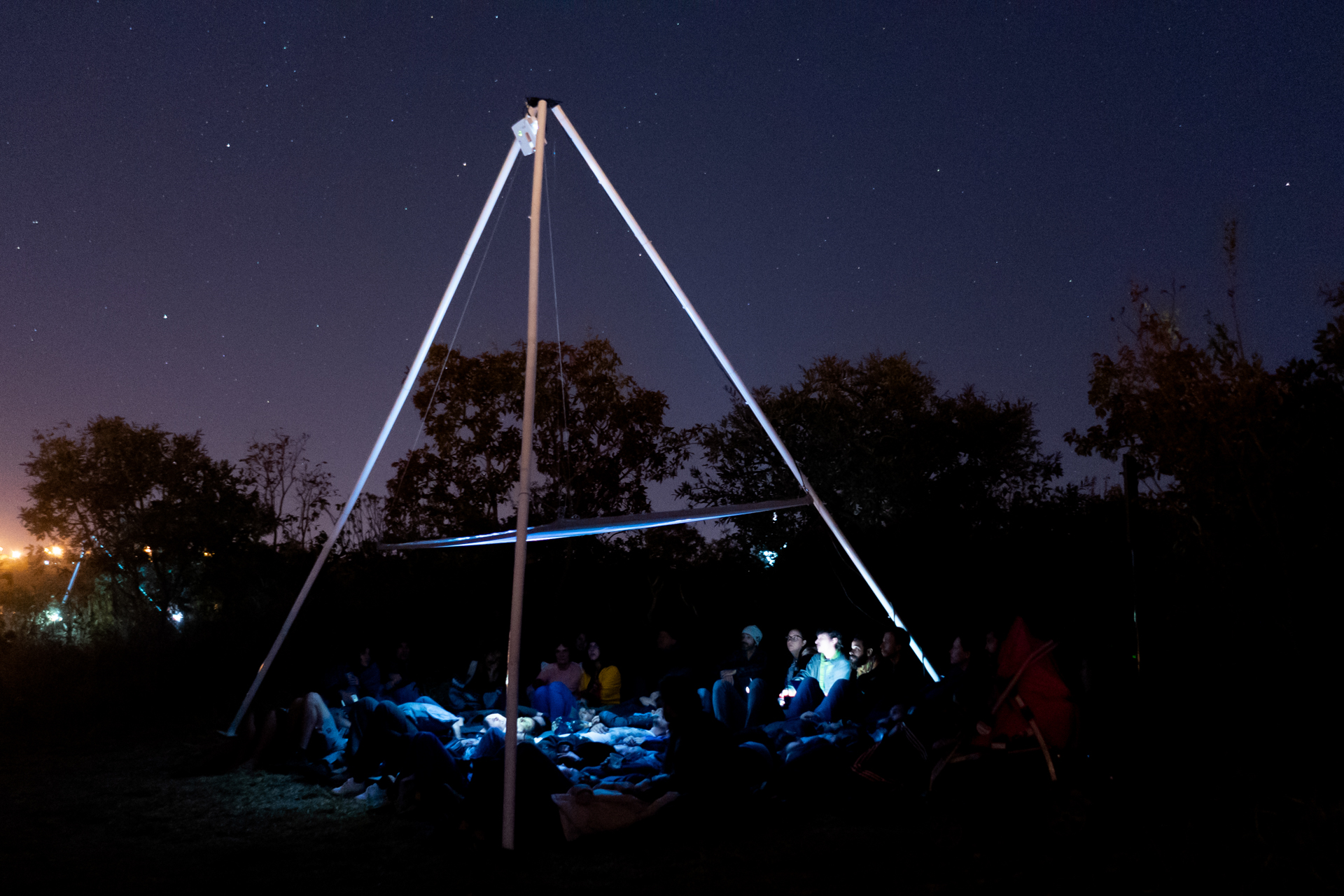
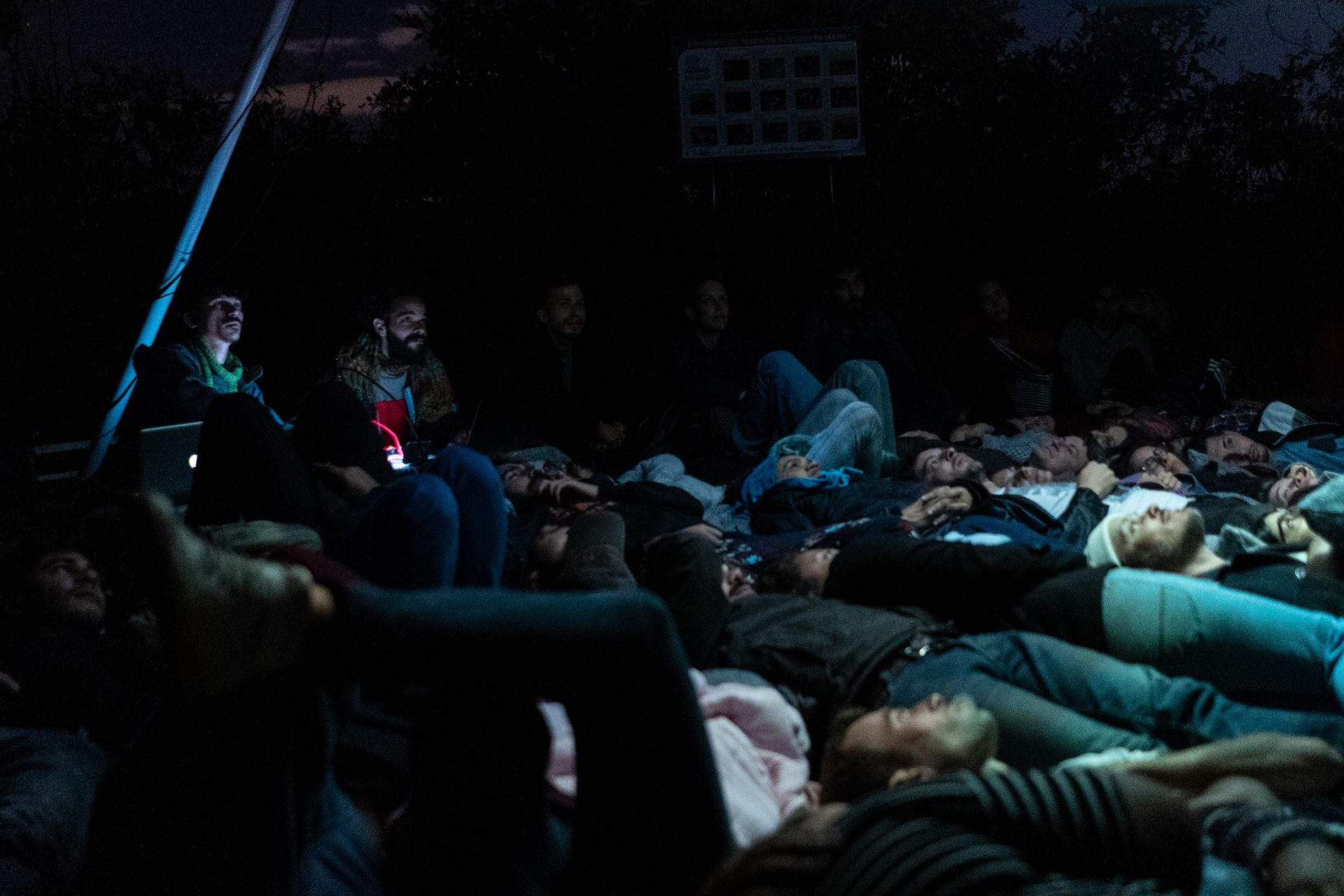

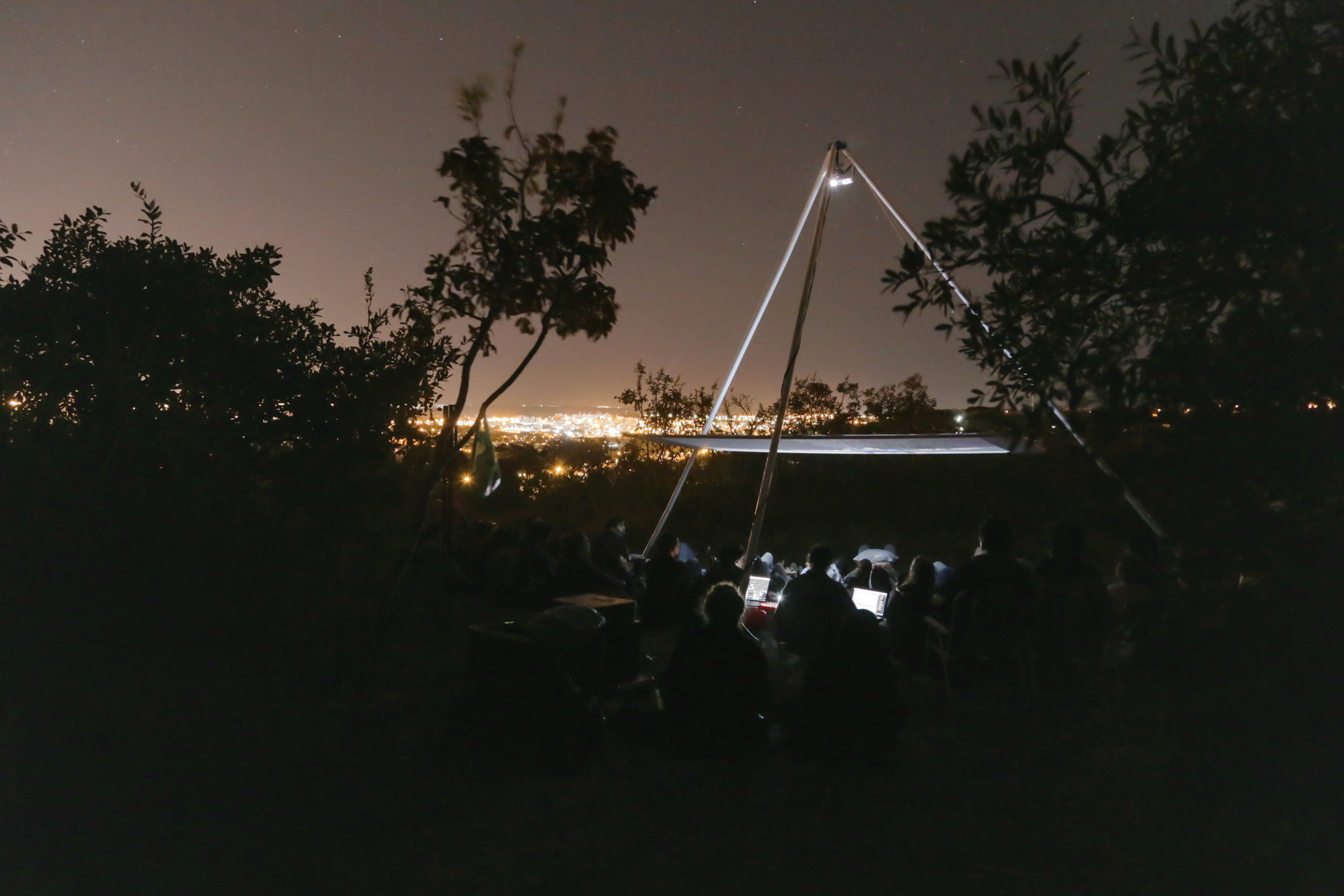

Maurício Chades é um artista e cineasta originário de Gilbués-PI. Vive e trabalha entre o Distrito Federal, Alto Paraíso de Goiás e os Estados Unidos. Bacharel em Audiovisual e Mestre em Arte e Tecnologia pela Universidade de Brasília e Master in Fine Arts pela School of the Art Institute of Chicago. Em Brasília, participou dos coletivos Espaço AVI, Kinofogo Cineclube e NINHO – Coletivo de Pesquisa em Arte, Interatividade e Agroecologia. Seu trabalho, entre filme, instalação, escultura e performance, especula sobre futuros simbióticos, queer e anticoloniais. Criando ambientes sintrópicos e tecendo alianças multi-espécie, sua prática artística combina contação de história com agricultura restaurativa, compostagem e fungicultura. Seus trabalhos foram exibidos em festivais de cinema e exposições nacionais e internacionais, como a Mostra de Cinema de Tiradentes, Olhar de Cinema, Queer Lisboa e FILE – Festival Internacional de Linguagem Eletrônica. Em 2019, sua primeira exposição individual, Pirâmide, Urubu, estreou na Torre de TV Digital de Brasília, projeto premiado com o Frankenthaler Climate Art Awards em 2022. Em 2023 participou da Bienal Videobrasil com Cemitério Verde, filme premiado em primeiro lugar no e-Flux Film Award.
Maurício Chades is an artist and filmmaker from Brazil. His works, in film, installation, sculpture, and performance, speculate about anticolonial symbiotic futures and queer ecologies. Envisioning syntropic environments and multispecies alliances, his art practice combines storytelling with restorative agriculture, composting, and fungiculture. He holds a BA in Cinema Studies, an MA in Art and Technology from the University of Brasilia, and an MFA from the School of the Art Institute of Chicago. He participated in collective groups such as Espaço AVI, Kinofogo Cineclube, and NINHO - Collective for Research in Art, Interactivity, and Agroecology. His works were shown worldwide, like at Queer Lisbon, Curitiba International Film Festival, and FILE – Electronic Language International Festival. In 2019, he presented his first solo show, Pyramid, Urubu, at The Brasilia Digital TV Tower, receiving the Frankenthaler Climate Art Awards in 2022. In 2023, Chades was featured at the Biennial Sesc_Videobrasil. His most recent accomplishment was the first prize of the e-flux Film Award for Green Cemetery.


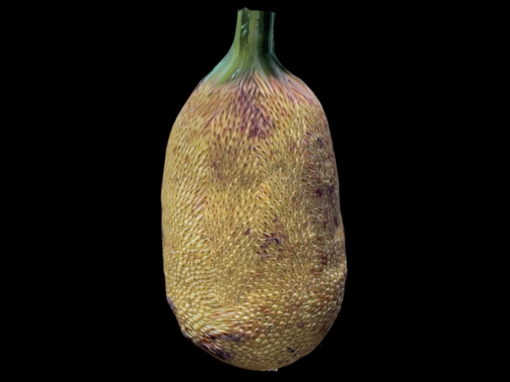
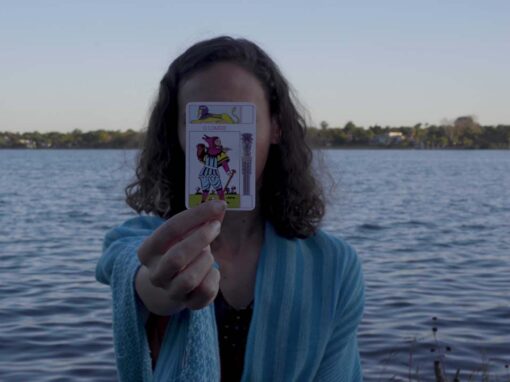

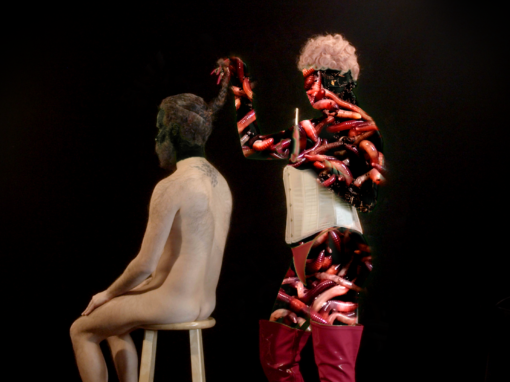
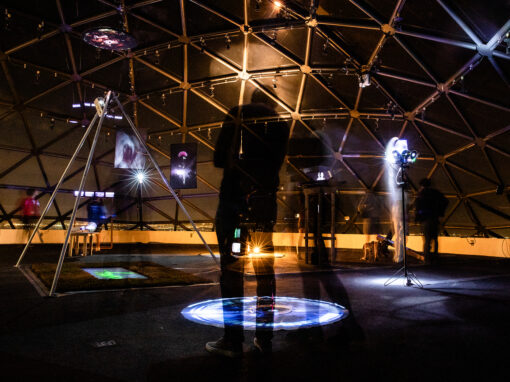
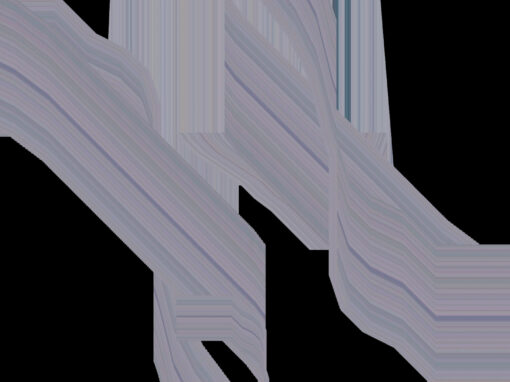

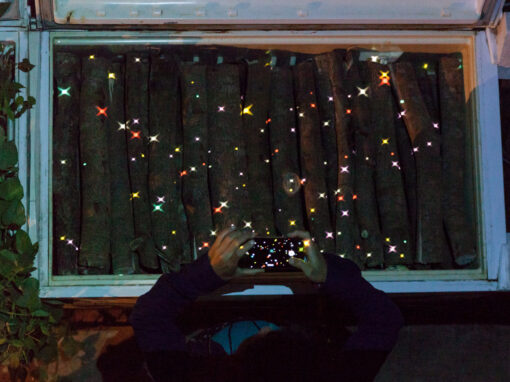
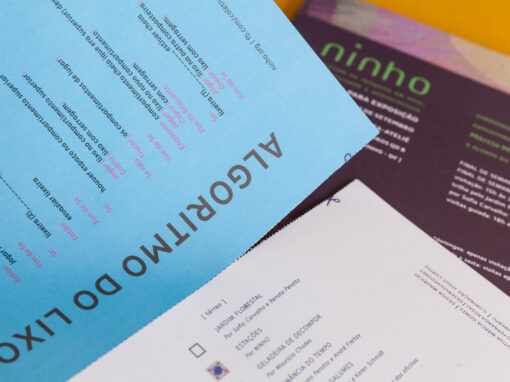
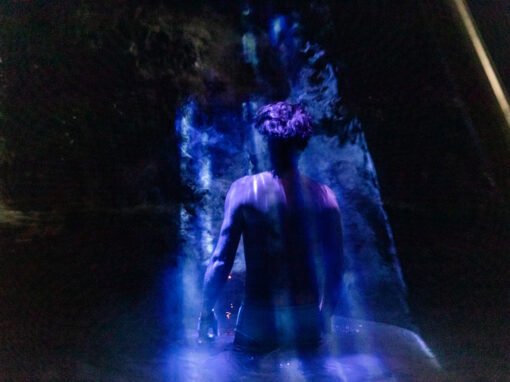
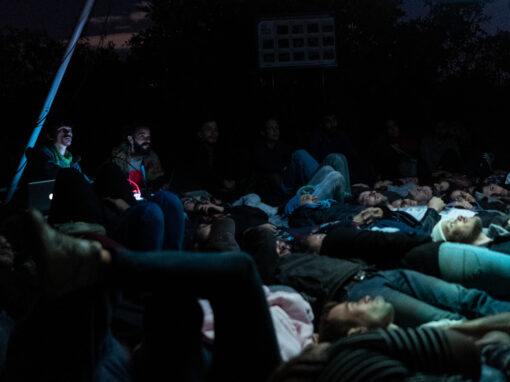
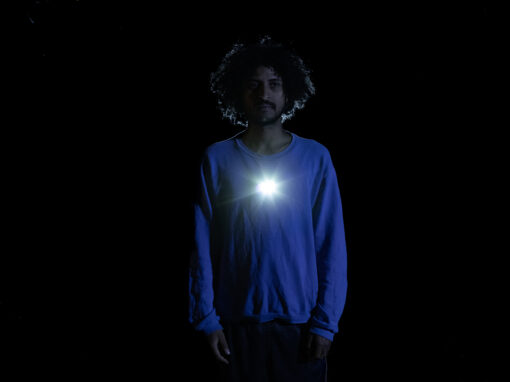

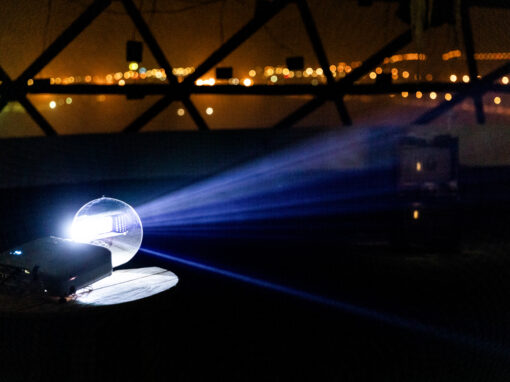
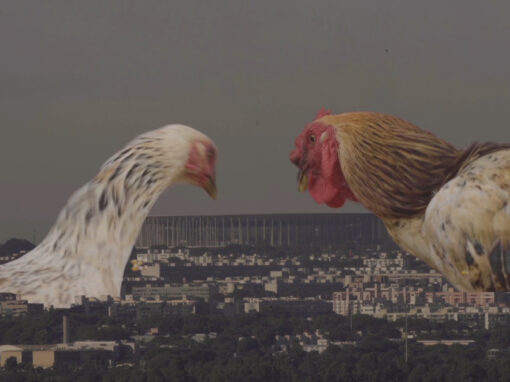

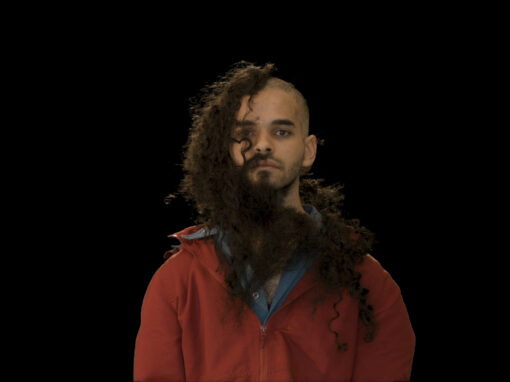
![TERRA[CAP]](https://www.mauriciochades.com/wp-content/uploads/2020/07/PirâmideUrubuJanineMoraes65-510x382.jpg)




